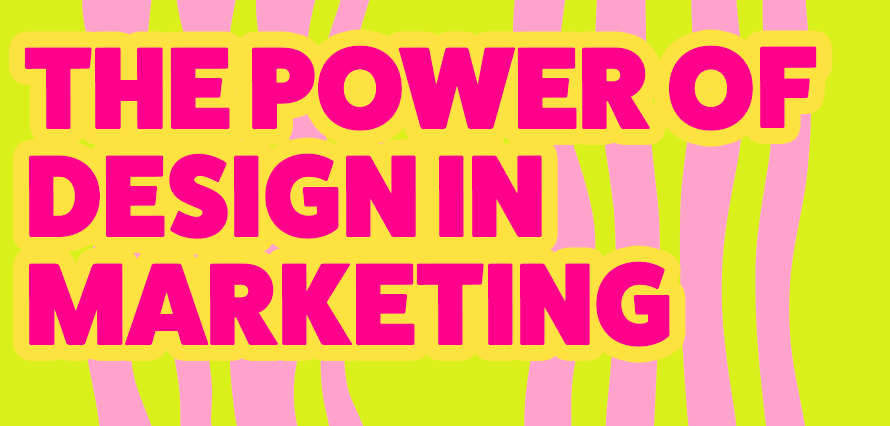April 14, 2025

I’m pretty sure we’ve all judged a book by its cover. In marketing, design isn’t just about making things look pretty; it’s about making them work harder. Whether it’s a sleek logo, a compelling advert, or a user-friendly website, good design grabs attention, builds trust, and even persuades people to hit that “Buy Now” button.
So, why does design matter so much in marketing, and how can you use it to your advantage? Fear not, I’m here to talk about it.
First Impressions Count (and You Only Get One)
In the blink of an eye, users form an opinion about your brand based on visuals alone. If your design feels outdated, cluttered, or just plain confusing, potential customers will click away faster than you can say “rebrand.”
Think about some of the most recognisable brands: Apple, Nike, Coca-Cola. Their designs are simple, memorable, and instantly evoke emotion.
Design Tells a Story
Great marketing isn’t just about shouting the loudest; it’s about telling a story that resonates. Design helps you do that without saying a word.
- Colours influence mood (blue = trust, red = urgency).
- Typography sets tone (serious vs. playful).
- Imagery creates connection (real people vs. abstract graphics).
For example, Innocent Drinks uses playful fonts, bright colours, and quirky illustrations to reinforce its friendly, wholesome brand personality. It’s not just juice, it’s a lifestyle.
Good Design = Better User Experience (UX)
Ever landed on a website and immediately felt lost and overwhelmed? Poor design isn’t just annoying, it costs sales. A well-designed:
- Website guides users effortlessly to checkout.
- Social media post stops the scroll.
- Packaging stands out on crowded shelves.
Take Airbnb. Its clean, intuitive interface makes booking a stay feel effortless. That’s UX design doing its job.
Consistency Builds Trust
Imagine if McDonald’s suddenly switched its golden arches to neon pink. Chaos. Confusion. A loss of brand recognition.
Consistent design across logos, colours, fonts, and imagery, reinforces brand identity. When customers see the same visual cues repeatedly, they begin to trust and remember you.
How to Use Design Effectively in Your Marketing
- Know Your Audience: A luxury brand needs sleek, minimalist design; a kids’ brand can be bold and playful.
- Keep It Simple: Less clutter = clearer message.
- Test & Optimise: A/B test designs to see what converts best.
- Stay On Brand: Use style guides to maintain consistency.
- Embrace Trends (Wisely): Don’t chase every trend, but don’t ignore them either.
Design Isn’t Just Decoration
In marketing, design is your silent salesperson. It shapes perceptions, guides decisions, and turns casual browsers into loyal customers. So, next time you’re planning a campaign, ask yourself: Does this design work as hard as my copy?
If not, it might be time for a rethink.
If you enjoyed this blog and want to chat more about design, marketing and/or social media, then why not hit us up! We love a good chat.